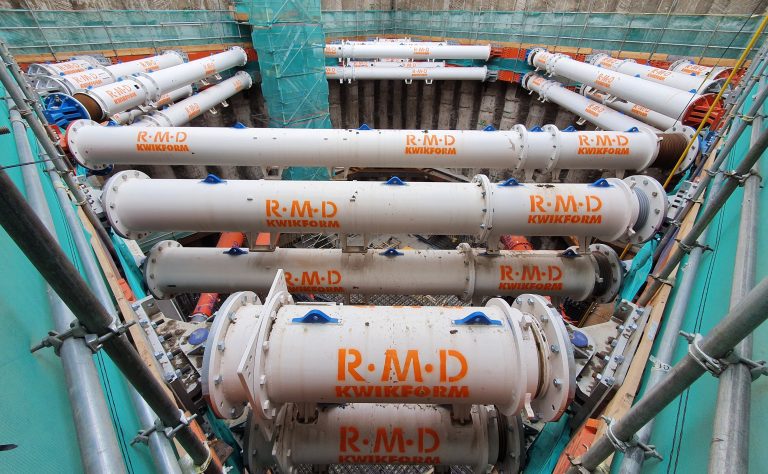Landlords carry out repair or maintenance work on buy-to-let properties an astonishing 72 times throughout their ownership, with costs exceeding £34,000 – that’s according to recent research. Whether it’s a minor mishap or major catastrophe, property damage can impose substantial financial burdens and headaches. But which types of property damage are the biggest nightmare for landlords? Keen to find out, the buy-to-let insurance provider Alan Boswell Group delved into common home damages and their estimated repair costs alongside Dave Sayce at Compare My Move, to reveal the most expensive fixes that can cost landlords a fortune. Key findings: Home woes: 10 costliest property damages for landlords Rank Property damage Estimated costs to repair 1 Underpinning £5,000 – £25,000 2 Roof repairs £3,000 – £10,500 3 Electrical rewiring £1,500 – £10,000 4 Rendering £2,000 – £8,500 5 Plumbing and water damage £450 – £5,000 6 Damp £200 – £5,000 7 Flooring repairs £500 – £1,800 8 Painting and plastering £800 – £1,500 9 Mould removal £200 – £1,200 10 Heating and boilers repairs £100 – £500 Potentially costing landlords upwards of £25,000 depending on property size, underpinning stands out as the priciest home repair. This structural intervention becomes necessary when the foundations of a property weaken – often due to persistent subsidence – prompting a complex process that incurs eye-watering expenses. Fortunately, underpinning is only needed in less than 10% of UK properties affected by subsidence. Heath Alexander-Bew, from Buy-to-let insurance provider Alan Boswell Group, shared: “Thankfully underpinning is typically only reserved for severe cases of foundation instability, and often considered a last resort. Seek professional advice to determine the best solution for your property’s needs, cost-effective alternatives like soil stabilisation and resin injection are available at a fraction of the cost.” Roof repairs are the second most expensive task to undertake, potentially costing landlords up to £10,500 for a complete replacement. Typically, roofs require a full repair every 25 years, although this timeline can fluctuate based on factors such as weather conditions, property age, and roofing material. Rubber roof and tiles are generally cheaper compared to slate or fibreglass. However, if you’re dealing with just a handful of cracked or missing tiles needing replacement, the average cost hovers around £200. “Look for common signs such as missing or cracked tiles, water stains on ceilings, and damp patches in the attic. Regularly inspect your roof, especially after severe weather – identifying damage early can save landlords significant costs.” The third most expensive fix for landlords is electrical rewiring, which can zap up to a whopping £10,000 for a full property rewiring. Around 7,000 house fires in the UK are caused by electrical faults annually. To prevent loose wiring and ageing electrical installations from sparking unwanted fires, watch for signs of wear-and-tear like flickering lights, buzzing sounds from sockets, and regular fuse box tripping. “Electrical safety checks, which average around £215, should be conducted more frequently to ensure your property meets current regulatory requirements. Additionally, monitor whether your home has surpassed the 25-year mark since its last complete rewiring. Updating older systems not only enhances safety but also helps prevent more extensive repairs in the future.” Rendering comes fourth on the list, with estimated repair costs soaring up to £8,500. However, applying a fresh coat of render will not only protect your exterior from penetrating damp and prolongs lifespan, but also boosts your property value, potentially increasing your asking price sizably. Rounding off the top five most expensive property damages is plumbing and water damage, with landlordspotentially losing up to £5,000 in severe cases like water damage restoration costs post-flooding. Almost 7,000 UK homes and businesses have been flooded in the past 18 months – the wettest period on record – underscoring the widespread impact of water-related issues exacerbated by the UK’s notorious weather. Building, Design & Construction Magazine | The Choice of Industry Professionals






